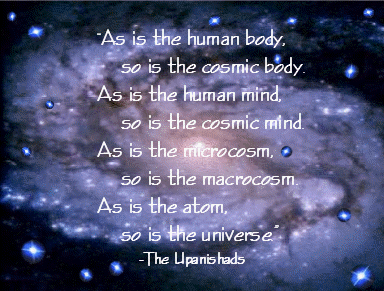,
Cosmic Dance is an award winning film about consciousness, a feast for your eyes and an inspiration for your mind. It features the parallels between modern quantum- and astrophysics and Indian Vedic knowledge: the entire universe and all life are connected, matter and spirit are not separated and divine energy reigns in all of us. On an enlightening dance through India the young Canadian physics student Leela discovers in a discourse with international scientists that Indian spirituality, modern science and universal thinking are no contradiction but one reality. Documentary and fictional scenes shot in India combined with Bollywood-like dancing creates a breathtaking 360° Immersive Cinema experience.
You can watch the film 'Cosmic Dance' here or on Vimeo !
Related Posts :
You can watch the film 'Cosmic Dance' here or on Vimeo !
Related Posts :
- Life After Life : NDE Documentary Film
- Louise Hay : You Can Heal Your Life Movie
- India : The Empire of Spirit Documentary Film
- Ram Dass : Fierce Grace Documentary Film
- Tibet : A Buddhist Trilogy Documentary Film
- Yoga Unveiled Documentary Film
- The Story of God : A BBC One Documentary
- Earth Pilgrims Movie : A Spiritual Adventure















